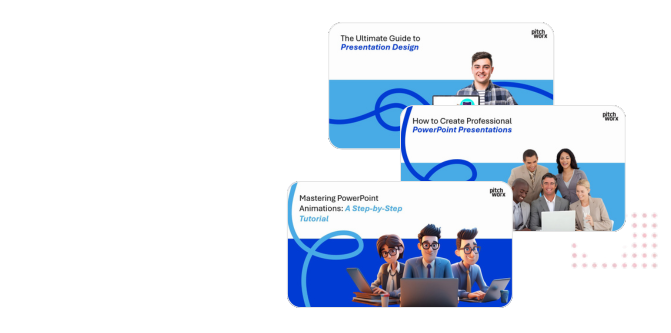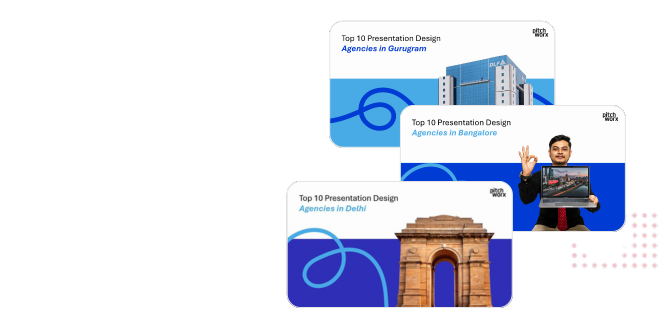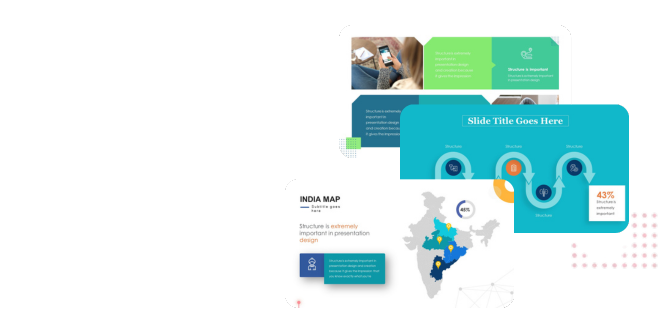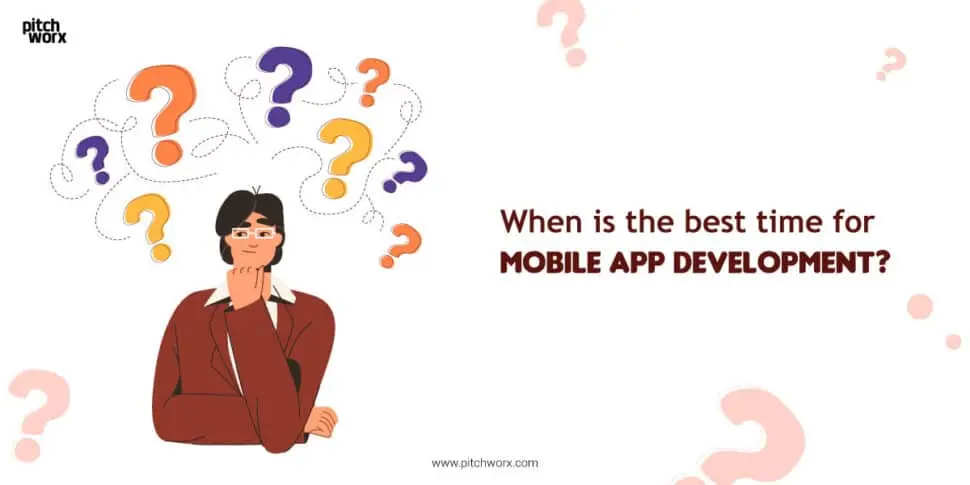Throughout the years, there have been numerous iterations in the design-dev workflow. Earlier designers used to save local files and then escalate it to the developers who would then open them and manually translate into codes. But the times are now changing. There are specific fundamentals that would make the process smoother for design teams of all shapes and sizes. Here are the fundamentals that outline effective designer-developer collaboration in iterating and implementing designs.
The developer is your user
As a UIUX designer, we tend to keep the user needs in mind when envisioning our product experience. How about we give the same attention to how developers will deploy our designs? The end-user interacts with the final product built by the developers based on the design shared by the designer. It states that the real users of the delivery stage of the project are developers and every decision about the workflow starts with the developer. As a UIUX designer, we should adopt the design workflow that accommodates the needs of the developer.
Bring the change
Designers need to be flexible in adapting their design documentation and workflow as the project unfolds. There is because there may be certain points where the design documentation might work well in one context but not necessarily in another. Hence, working in collaboration across the teams will deliver a great project. The other aspect is to identify the covert collaboration mechanics within your team and prepare yourself accordingly in order to make a better collaboration in the long run.
Focus on the details
There is a common misconception that the work of a designer is completed as soon as all screens are designed. Completion of designs, mockups, prototypes, and other artifacts can often create a mirage that the designer’s job is done whereas instead of thinking on getting the job done, we must focus on the details and features behind the screen. The role of a designer is not to create designs that look good to the eyes, but that creates smart and easy to use experiences. Therefore, for effective designer-developer collaboration, the designers must accommodate the requirements to get the implementation done as per the vision.
Prioritize features
Less is always better especially when it comes to creating digital products and services. Instead of prioritizing features, designers must understand how to deliver fewer features with more emphasis on the quality of the experience. The features entail documenting transitions, states, animations, and other elements properly. The designers can also work closely with the developers to create a workflow that accommodates the communication with the vision properly.
Discussions are good
In many workplaces, developers are not involved in the stages of conceptualization, design explorations, and product discussions. This may bridge a gap in the vision and what they are building because they may not have a clear understanding of how the particular features will impact the user and other perspectives. Designers describe the anecdote of the users in a team. Therefore, designers must spread the sentiment and inspire the developers to help them understand how a certain feature will work and how will it impact the life of a user.
With complex projects, designers are valued for their collaborative approach and team enablement rather for a specific deliverable. Introducing the fundamentals for effective designer-developer collaboration inside our teams is the first step towards being intentional in our practice.








